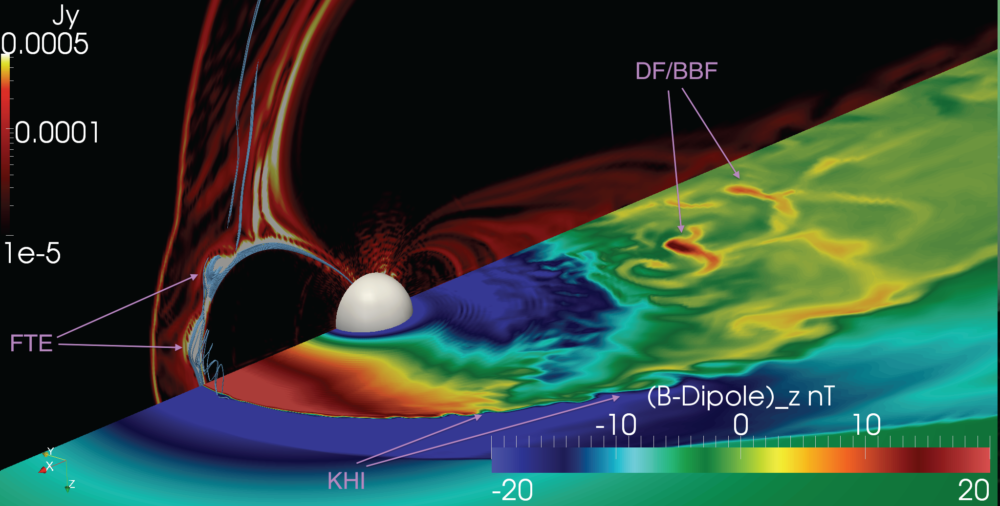The mechanism of explosive processes in the terrestrial magnetotail, such as substorms and bursty bulk flows, is one of the most fundamental unsolved problems in magnetospheric physics. The explosive release of energy has long been associated with the onset of magnetic reconnection. However, observed manifestations of magnetotail explosions include both signatures of reconnection and non-reconnection phenomena, such as fast buoyancy-driven motions of localized flux tubes with reduced plasma content and global north-south oscillations of the tail current sheet similar to a flapping flag. Reconnection, buoyancy and flapping motions often work in concert forming a complex pattern of bursty tail activity, which is reflected in dynamic and structured aurora. Special attention has been paid recently to elementary processes of this activity, the magnetic flux transfer “quanta” known as dipolarization fronts. Unlike collisionless shocks, fronts and the following flow burst propagate relatively slowly, bring reduced plasma and enhanced flux toward Earth and resemble pileup regions in reconnection ejecta.
Recent multi-probe missions such as Cluster, THEMIS and MMS (tail season planned in Spring 2017), together with the ancillary ground facilities, provide a unique set of measurements with the promise to resolve the mystery of explosive processes in the magnetotail. At the same time, recent advances in theory, global and local simulations, including magnetohydrodynamic (MHD) and kinetic, have led to many new insights often producing results in surprising accord with observations. It is, therefore, particularly timely to establish an ISSI team with a balanced mix of theoretical, simulation, and observational expertise to attack the problem in a concerted fashion.
The proposed Team will concentrate on the following unanswered questions:
- What are the relative roles of reconnection, buoyancy and flapping in various explosive phenomena in the magnetotail, from substorms to dipolarization fronts?
- What are the pre-onset configuration and particle distributions of the magnetotail plasma and fields?
- What are the differences and relative roles of driven and spontaneous explosions?
- What is the role of the ionosphere in the relevant magnetotail instabilities and how do magnetospheric processes map to the auroral activity?
Observations will be compared with MHD and kinetic particle-in-cell simulations of the magnetotail and used to guide the simulations with respect to the observed features of the pre-onset equilibria, their driving details and boundary conditions. Simulations will be complemented by theoretical analysis of the appropriate tail equilibria and their stability with respect to reconnection, buoyancy and flapping plasma eigen-modes. The proposed multi-faceted approach will necessarily advance the field due to the diversity and complementarity of expertise of the Team members. By addressing cross-scale physics – from micro- to macro-scale – this effort will be both complementary to and draw upon the results of the MMS study. While MMS is focused on the microphysics of magnetic reconnection, the proposed approach addresses interaction of reconnection motions with other macro-scale motions of the magnetotail.
